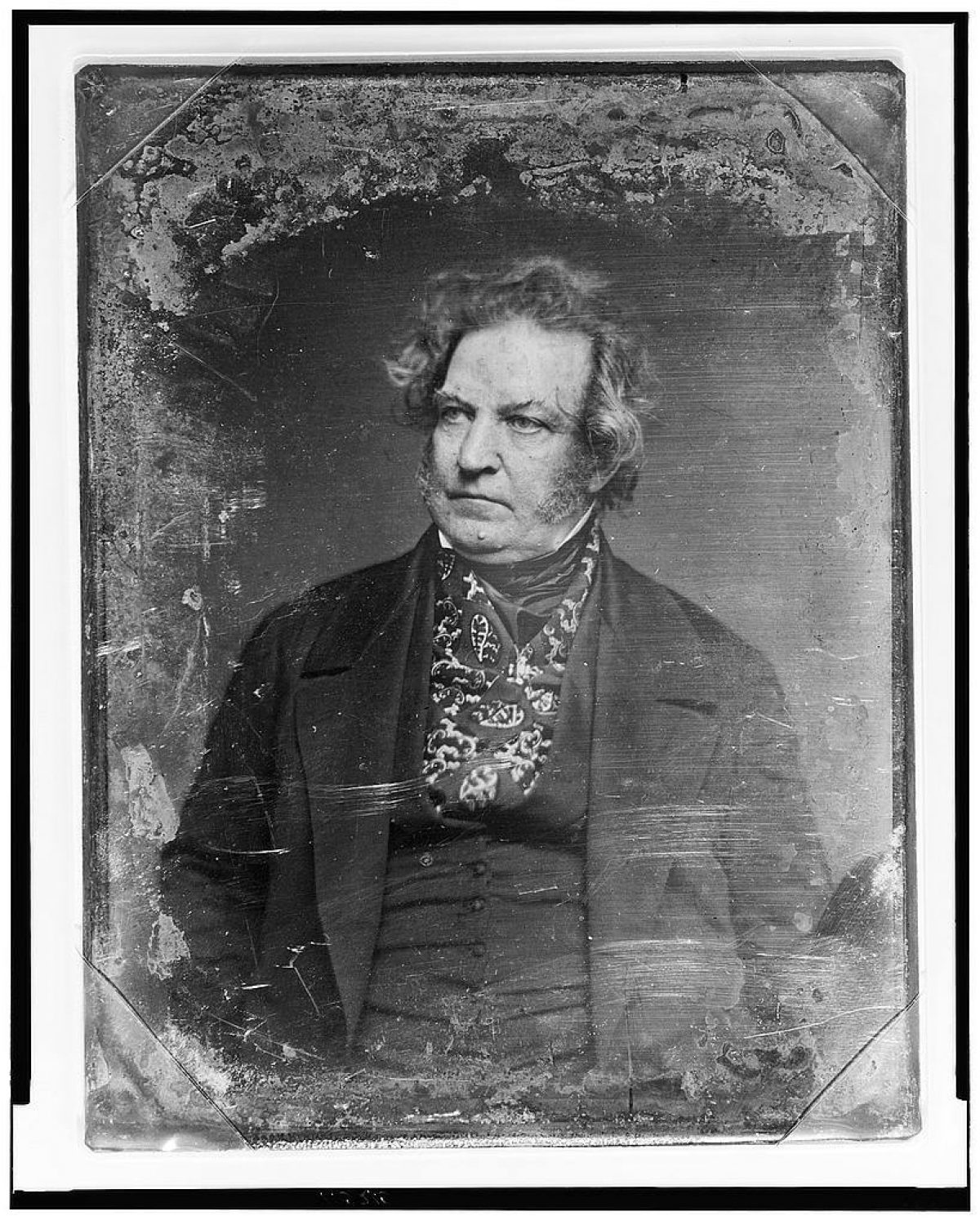Life and Career
Born to Richard Wayne—a wealthy Savannah merchant and planter who owned more than 100 slaves and traded in them as well—James Moore Wayne graduated from Princeton with the class of 1808.[1] Like many other Georgians who attended the college, Wayne returned home to read law under a local attorney and began his legal career in Savannah. He was elected first to the Georgia state legislature and then, at only 27 years old, mayor of Savannah. By age 38, he was elected to the United States Congress, where he earned a reputation as a moderate. In 1834, after six years in the House, President Andrew Jackson appointed him to the Supreme Court.[2]





